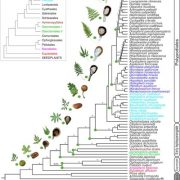
Large-scale phylogenomic analysis resolves a backbone phylogeny in ferns (GigaScience)
Plant Science Research Weekly
A look back at the most popular articles shared on Plantae social media in 2018.
Plantae Social Media Interns Katie Rogers and Juniper Kiss have been reviewing the 2018 stats. Previously they shared the most popular posts overall. Here, they share the posts to research and review articles that…

Dancing with hormones: A current perspective of nitrate signaling and regulation in Arabidopsis (Frontiers in Plant Science)
Plant Science Research WeeklyNitrogen (N) is a main constituent of amino acids and nucleotides and therefore plays a central role in plant growth, development, and stress responses. Plants are able to take up nitrogen from the soil in two forms, nitrate and ammonium. Nitrate is the predominant form of nitrogen found in most crop…
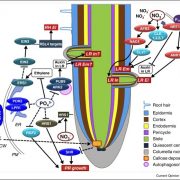
Food for thought: How nutrients regulate root system architecture (Current Opinion in Plant Biology)
Plant Science Research WeeklyThe arrangement of a plant’s root system in the soil (root system architecture, RSA) changes in response to nutrients through different signaling pathways. It is assumed that RSA adapts to optimize the uptake of nutrients from the environment, but strong evidence is still lacking. This review by Shahzad…
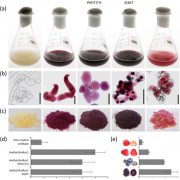
Colour bio-factories: Towards scale-up production of anthocyanins in plant cell cultures (Metabolic Engineering)
Plant Science Research WeeklyAnthocyanins are common plant pigments that provide dietary benefits, leading to an increase in their use as food coloring agents. However, purifying anthocyanins from current plant sources (such as waste grape skins, red cabbage, and berries) is expensive and creates a variable product. Modifying biosynthetic…
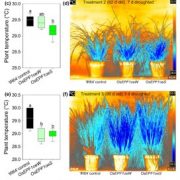
Rice with reduced stomatal density conserves water and has improved drought tolerance under future climate conditions (New Phytologist)
Plant Science Research WeeklyRice (Oryza sativa) is an important food source in many parts of the world. Unfortunately, this crop requires large amounts of water and it is not tolerant of drought or high temperatures. Here, Caine et al., have engineered the ‘IR64’ rice cultivar so that leaves will have lower stomatal density.…
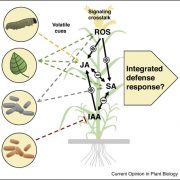
Volatiles as inducers and suppressors of plant defense and immunity — origins, specificity, perception and signaling (Current Opinion in Plant Biology)
Plant Science Research WeeklyWhen plants are under attack by herbivores and microbes, running away is not an option. As a defence, plants produce volatile organic compounds (VOCs) that repel herbivores, attract enemies of the herbivores, or alarm surrounding plants; VOCs have mostly been viewed as positive regulators in the plant…
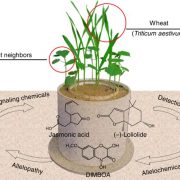
Plant neighbor detection and allelochemical response are driven by root-secreted signaling chemicals (Nature Communications)
Plant Science Research WeeklyPlants are not able to move out of their neighborhood if they are unhappy, but they are capable of recruiting and assembling a community in which they are able to thrive. Plants are also able to initiate defense when they sense that threats are near. To keep tabs on their neighbors, plants utilize both…

A step-by-step guide for geometric morphometrics of floral symmetry (Frontiers in Plant Science)
Plant Science Research WeeklyThis publication has many beautiful images of flowers and provides a detailed guide that researchers can use to statistically analyze corolla shape and structure. Part of what makes the flowers in these pictures so beautiful to our eyes and encourages us to hit “share” is their symmetrical designs.…

Influence of light on plant–phyllosphere interaction (Frontiers in Plant Science)
Plant Science Research WeeklyThe term “phyllosphere” refers to the world of microbes that interact among themselves and with their plant hosts above ground. In this review, the authors explore what is known about this interesting habitat and how abiotic factors, especially light, influences the interactions and survival of its…

